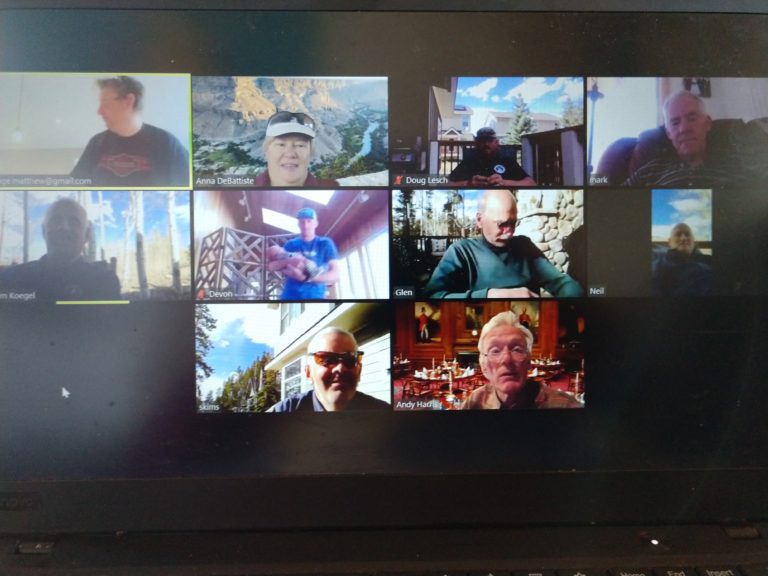In a word: because of fundamental attribution error. Wikipedia describes FAE as: “the tendency to over-value dispositional or personality-based explanations for the observed behaviors of others while under-valuing situational explanations for those behaviors.”
What does that look like in practice? Like this:
Tim taps his foot impatiently, looking around the meeting room. “I’d like to get started because we have a lot to cover,” he says, “but as usual Mary is late.”
“I think she was finishing up the interim report,” Greg tells him. “She ought to be here any minute.”
“She’s always finishing up something,” Tim snaps. “She just doesn’t seem to place the same importance on being on time that the rest of us do.”
What the FAE says is that we tend to see the actions of others as driven by their intentions, motivations or personalities, rather than by the situation they perceive themselves to be in. But when it comes to explaining our own behavior, we look to situational factors. Mary, for example, probably perceives that she has no choice but to be late, because Tim (or someone else) has told her that the interim report is the most important responsibility she has that day.
The answer, according to OD theorists who write about FAE in organizational contexts, is to recognize that people are doing what makes sense to them at the time, given how they perceive their situations. But there’s also another answer: the creation of team norms that clearly spell out behavioral expectations for all team members. If Mary’s team had a clear norm that said “We will always be on time for meetings”, or perhaps “If someone is late for a meeting we will assume they have another priority and start the meeting without them”, the problem would essentially be solved.
Because of FAE, we often inappropriately talk about “common sense”. “Of course Jennifer knew she was being rude when she interrupted me in the meeting, it’s just common sense”. What if Jennifer came from a culture (whether a national culture, generational culture, or organizational culture) where interrupting was routine? What if she just considers it normal behavior, rather than rude? We need a norm that spells out what the team considers to be acceptable and unacceptable behavior with regard to interrupting and other communication behaviors. Talking about common sense is a cop-out, a way of avoiding the extra work we really need to do. There is no such thing as common sense in the workplace; we all have completely different ideas about acceptable vs. unacceptable behavior, and effective vs. ineffective behavior. These ideas are influenced by all the ways in which we’re different: our family backgrounds, national or regional origins, educations, professional backgrounds, personality types. What we were told growing up and what we learned in school. Which behaviors were reinforced in the last organization we worked for and which were discouraged. The list goes on.
So the next time you propose a new norm or rule of behavior to your teammates, don’t let someone get away with saying, “Of course! That’s just common sense.” Common sense is only common if you work in a group of people exactly like you. And who does that?

Comments are closed.